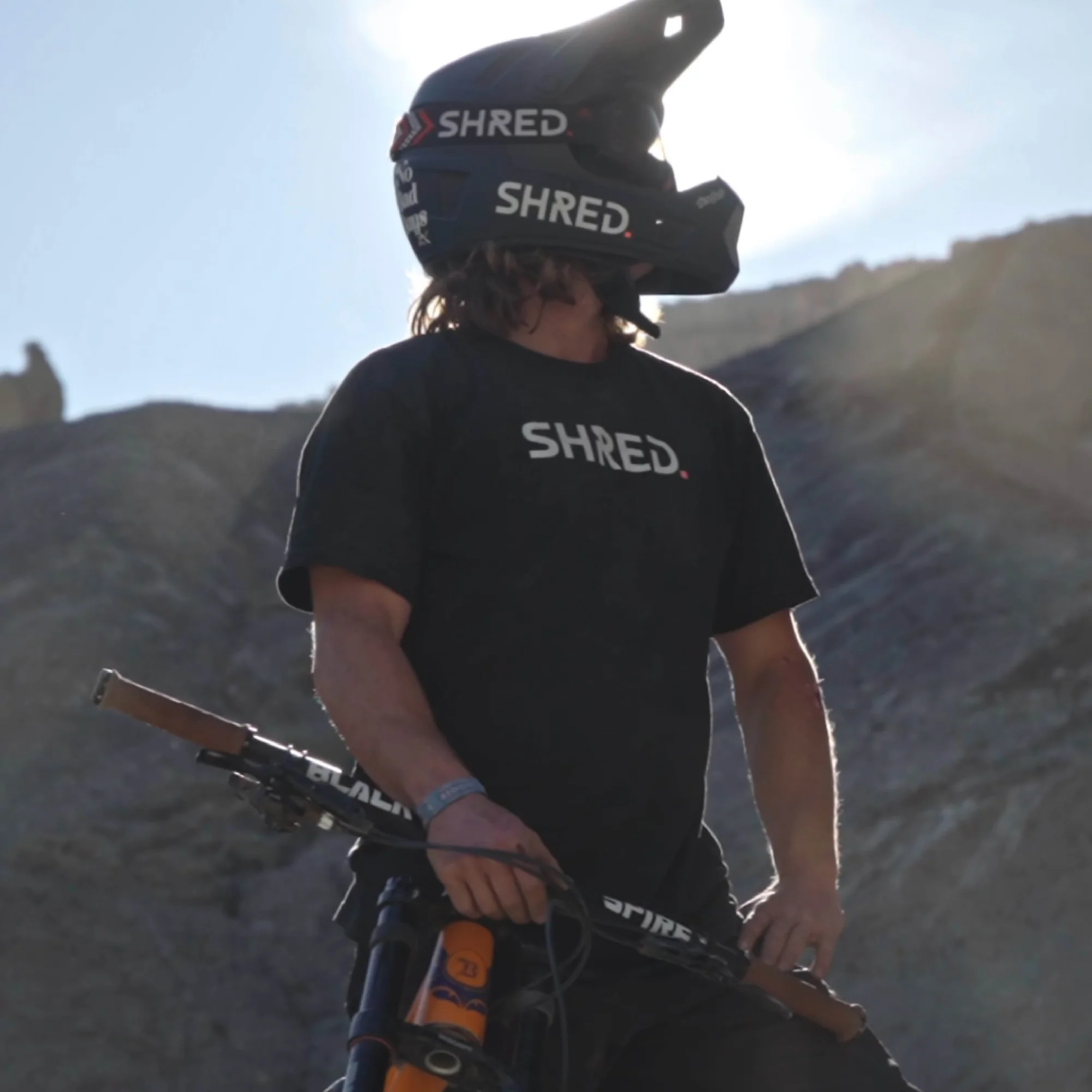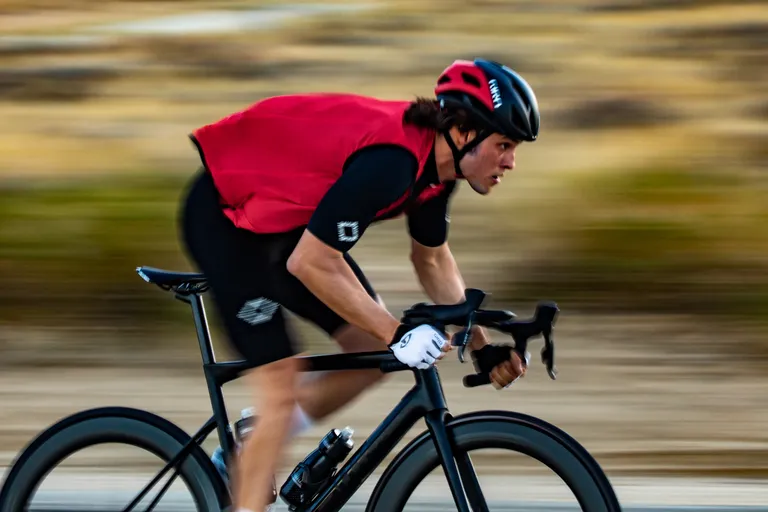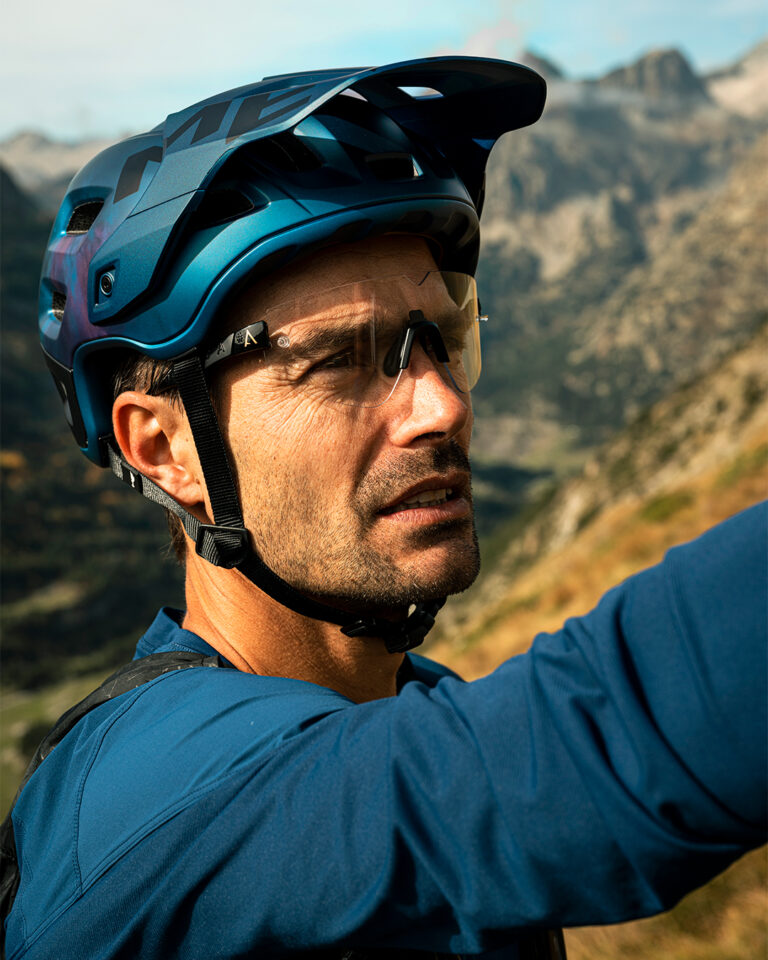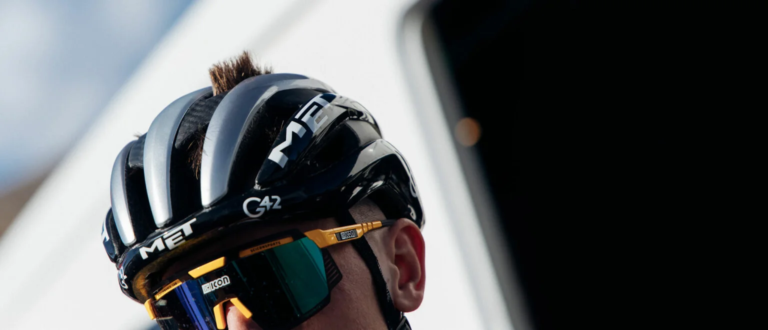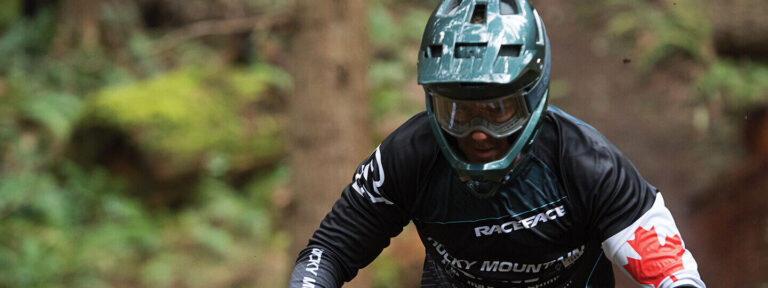Adding Visor to MTB Helmet: Enhance Your Ride and Protection

Key Point Summary of Adding Visor to MTB Helmet:
- Benefits of MTB Helmet Visors: Understand how adding a visor can improve your mountain biking experience.
- Helmet Customization Tips: Learn easy steps to customize your helmet with a visor for better performance and style.
- Sun Protection and Safety: Discover how a visor provides essential protection against the sun and other elements.
As a masters cyclist with a rich background in racing and riding various bikes – mountain, gravel, and cyclocross – I’ve learned a thing or two about the importance of proper gear. Today, I want to focus on a simple yet significant aspect of your mountain biking (MTB) gear: the helmet visor. Whether you’re a beginner or have some experience under your belt, understanding the role of an MTB helmet visor can greatly enhance your riding experience.
Why Add a Visor to Your MTB Helmet?
Improved Visibility and Eye Protection
The primary role of a visor is to shield your eyes from the sun, much like a cap. I remember a race where the low-hanging sun was directly in my line of sight, making it nearly impossible to see the trail ahead. After adding a visor to my helmet, these issues diminished significantly. Not only does it block the sun, but it also protects your eyes from rain, mud, and low-hanging branches – a common challenge in mountain biking.
Enhanced Safety Features
A visor can add an extra layer of protection in a crash. It’s designed to break away upon impact, potentially reducing the force transmitted to your neck. In my early days, I took a tumble and my visor snapped off, likely sparing me from a more severe neck injury.
Style and Customization
Adding a visor also lets you personalize your helmet. With various colors and designs available, you can match it with your bike or kit. During a group ride, a friend showed up with a custom-designed visor that not only looked great but also made him easily identifiable in the pack.
Choosing the Right Visor
Compatibility
First and foremost, ensure the visor is compatible with your helmet. Most brands offer visors specifically designed for their models.
Material and Durability
Look for visors made of durable materials that can withstand impacts and environmental factors. A flexible, yet sturdy visor is ideal.
Adjustment and Stability
A good visor should be easily adjustable and remain stable during rides. It shouldn’t wobble or require frequent readjustments, as this can be distracting and dangerous.
Installation Tips
Specific Tools for Visor Installation
When it comes to adding a visor to your MTB helmet, the type of tool you’ll need largely depends on the helmet and visor brand. However, a common tool required is a simple small Phillips head screwdriver. This is often used for helmets where the visor is attached with screws. For helmets with a snap-on visor mechanism, no tools might be required.
Example of Helmet and Visor Brands’

Helmet: Bell Super DH MIPS
The Bell Super DH MIPS is a top choice for serious mountain bikers, especially those who indulge in downhill and enduro riding. It’s appreciated for its convertible design (full face to open face) and its integrated MIPS technology, which provides enhanced rotational impact protection.
Visor: Bell Super DH MIPS Replacement Visor
For this specific helmet, the Bell Super DH MIPS Replacement Visor is the ideal companion. This visor is tailored to fit the unique design of the Super DH helmet, ensuring seamless compatibility and optimal performance. It’s crafted for durability, and adjustability, and provides excellent coverage for sun and debris protection.
Installation Process
- Aligning the Visor: Position the visor with the attachment points on the Super DH helmet. These are usually located at the front, near the forehead area.
- Securing the Visor: If the visor attaches with screws, use the Phillips head screwdriver to secure it in place. Ensure the screws are tight enough to hold the visor but avoid over-tightening to prevent damage.
- Adjustment: Fine-tune the visor’s angle according to your preference, considering the sun’s position and your visibility needs.
- Stability Check: Gently test the visor to confirm that it’s firmly attached and won’t shift during your ride.
Tips for Optimal Use
- Consistent Checks: Regularly inspect the visor before and after rides to ensure its stability and to check for any damage.
- Gentle Tightening: When securing the visor, be cautious not to over-tighten the screws, as this could lead to cracking or other damage.
- Routine Cleaning: Keep the visor clean using mild soap and water to maintain visibility and prolong its lifespan.
FAQ
What is the visor for on MTB helmet?
The visor on an MTB helmet serves primarily to protect the rider’s eyes from sunlight, rain, and debris like branches or mud, enhancing visibility and safety during rides.
Do you need a visor on a MTB helmet?
A visor is not strictly necessary on an MTB helmet, but it is highly recommended for added protection from the sun, rain, and trail debris, as well as for improved visibility.
Should your bike helmet have a visor?
For mountain biking, it’s advisable to have a helmet with a visor for extra protection against elements like sun, rain, and debris, and to improve visibility on trails.
Final Thoughts
In my experience, having a visor specifically designed for your helmet, such as the Bell Super DH MIPS Replacement Visor for the Bell Super DH MIPS helmet, makes a noticeable difference in comfort and safety. A properly fitted visor stays in place even in rough riding conditions, something that is crucial for downhill and enduro biking.
Selecting the right visor, like the Bell Super DH MIPS Replacement Visor for the Bell Super DH MIPS helmet, and ensuring proper installation, is crucial for a safe and comfortable mountain biking experience. A well-fitted visor not only protects you from the sun and debris but also adds to the overall effectiveness of your helmet, particularly in demanding downhill or enduro rides. Remember to take care of your visor and helmet, and they will take care of you on the trails.
Happy riding!
John
